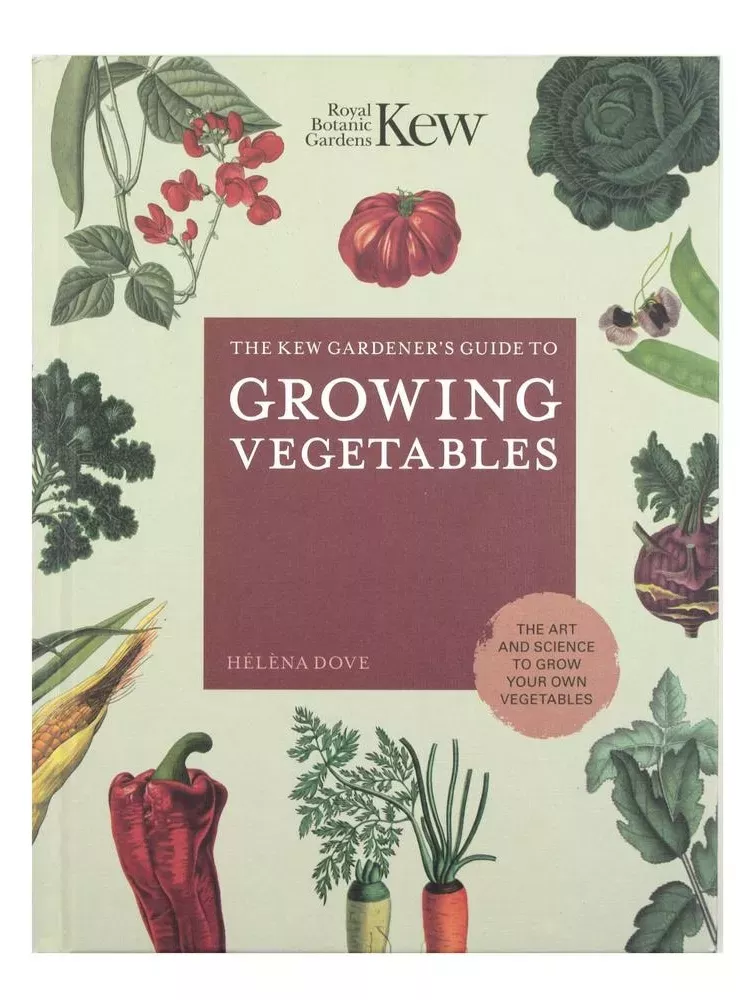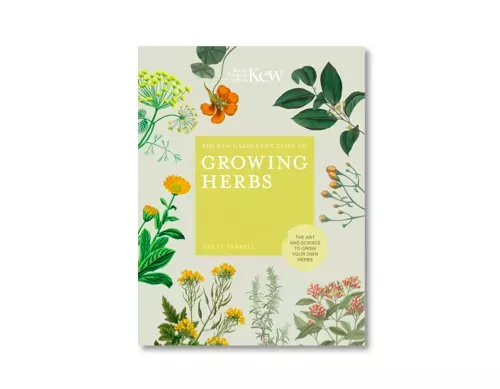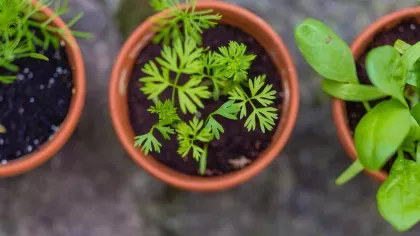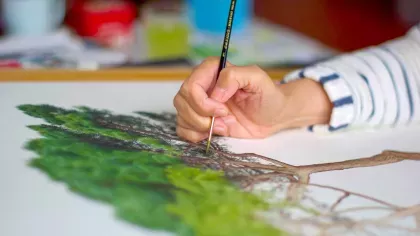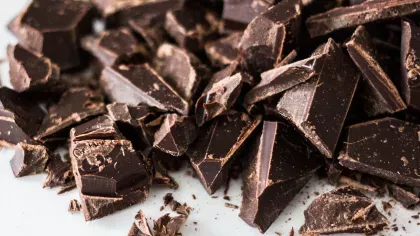20 April 2020
5 things to do in your vegetable garden this spring
Our Kitchen Garden expert Hélèna Dove shares her springtime tips.

It's the busiest season for vegetable growing; a time to prepare, care for seedlings, and start sowing seeds.
Our horticulturalist expert Hélèna Dove shares her top tips for the season.
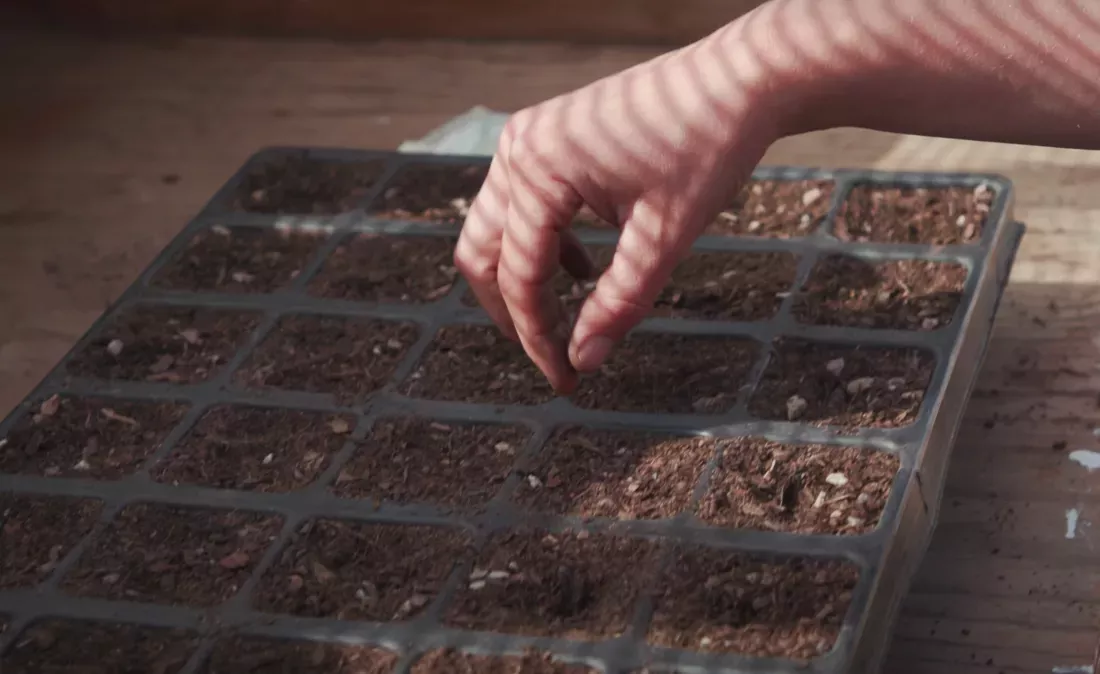
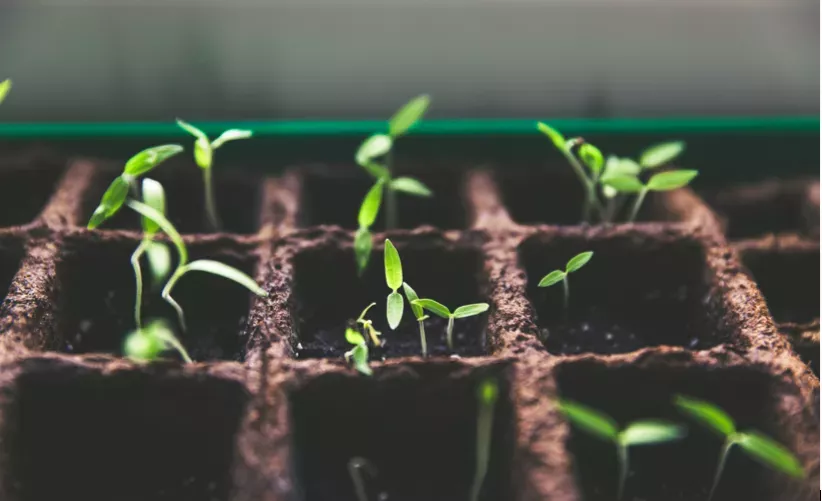
Sow your veg
There’s still time to sow tomatoes, aubergines, cucumbers, sweetcorn and courgettes.
Buying baby plants is a good way to get a vegetable garden off the ground if you're too late to sow seeds.
Make sure to expose the seedlings gradually to outdoor conditions, as they have often lived indoors for most of their young lives.
If you’re planting in pots or on your windowsill, it’s a good time for lettuce and tomatoes. Go for dwarf or trailing tomato cultivars such as ‘Red Robin’ or ‘Tumbling Tom’ which grow well in pots.
My favourite cultivars
-
Tomatoes: Tried and tested cultivars for growing outside include ‘Ailsa Craig’, ‘Gardeners Delight’ and ‘Sungold’. For those wanting a beefsteak, I cannot recommend ‘Black Russian’ enough, which are large and sweet. We regularly grow these at Kew and get great results
-
Aubergines: If we get a good summer, aubergines can be incredibly abundant, try the cultivar ‘Jackpot’
-
Courgettes: Try unusual cultivars, such as the yellow ‘Sunstripe’ or the pale green and slightly ribbed ‘Romanesco’
-
Potatoes: Potatoes are traditionally planted on Good Friday, but there is still just enough time to get potatoes in the ground.
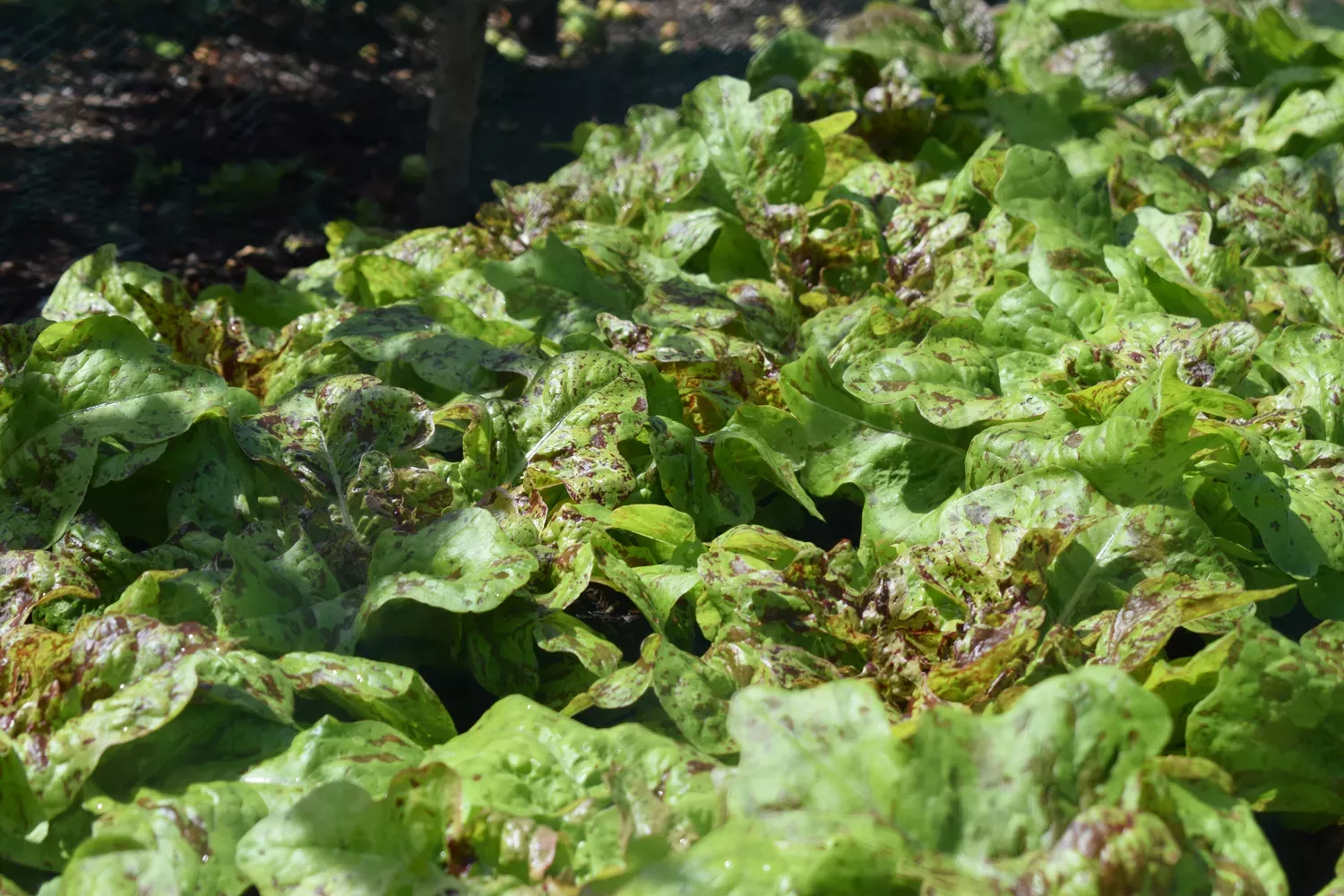
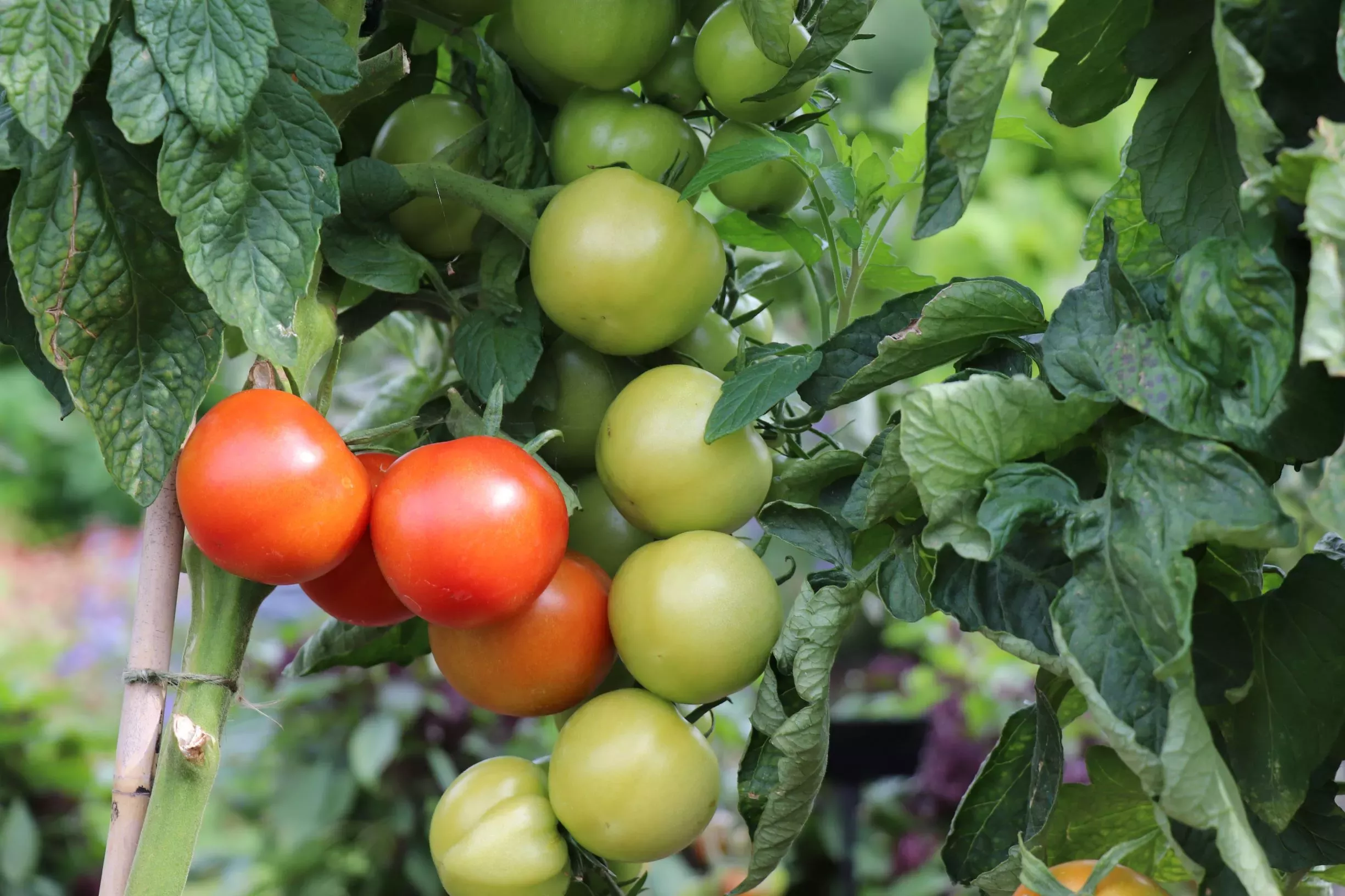
Preparing for life outside
Now is a good time to harden tender vegetables to prepare them for life in the great outdoors.
This is when they are gradually exposed to outdoor weather, so that they can get used to the climate.
Bring them outside during the day for a week. The following week, leave them outside in a sheltered spot, before planting them into their final growing space.
Remember to keep them indoors if a frost is forecast. Frost is common when we have clear sunny days and cold nights, and can kill sensitive seedlings.
Pricking out
Tender vegetables, like tomatoes and chillis, are vegetables that get killed or damaged by frosts.
It’s best to start these tender vegetables in the windowsill or greenhouse to give them the heat they need to germinate.
The first leaves that appear are seed leaves (called cotyledon) which die off rapidly. They are the food reserve of the seed and are the first leaves to grow after the seedling is germinated.
It's best to wait for the first true leaves to grow before you prick the plants out. These often start growing a few days after and will make for stronger plants.
Once the seedlings have these, it's time to prick the plants out to a bigger container.
How to prick out seedlings
1. Push a pen or pencil underneath the seedling and loosen the roots
2. Lift the seedling, holding the leaves lightly
3. Place into a pre-dug hole and firm the soil around the stem of the seedling
4. Water well

Harvest veg
Now is the time to harvest some vegetables for spring feasting, such as rhubarb and asparagus.
For asparagus, cut the spears just below the surface to harvest them. For rhubarb, tear away the longest stems.
Leaves that you’ve grown over winter time such as spinach and chard also need to picked now. They will start to bolt, which means they start to grow rapidly and produce flowers and seeds.
This gives them a bitter taste, so it's best to harvest as much as possible before this happens and start sowing their replacements.
If you're growing on your windowsill, you’ll be able to harvest any leaf crops or herbs which are a good size. It's best to harvest little and often from pots to give you an ongoing supply of greens.

Water, feed, and protect
Keep your plants well watered, as they're growing quickly in this period and get thirsty fast.
You can either sit them in a tray of water (oven dishes work well) or soak with a hose. For plants in pots, feed them once a week with a general purpose liquid feed after you water them.
Watch out for frosts in April, and move pots to a sheltered place or protect with fabric overnight.
It's also a great time to spring clean your garden and pull up weeds. Emerging weeds are easily dealt with before they get larger later in the year.

What are you growing in your garden?
Share your vegetable plot or windowsill vegetables with us on Kew Gardens' Facebook, Twitter and Instagram.
Take a look at Hélèna's book, The Kew Gardener's Guide to Growing Vegetables, to learn tips and tricks on growing vegetables at home.

